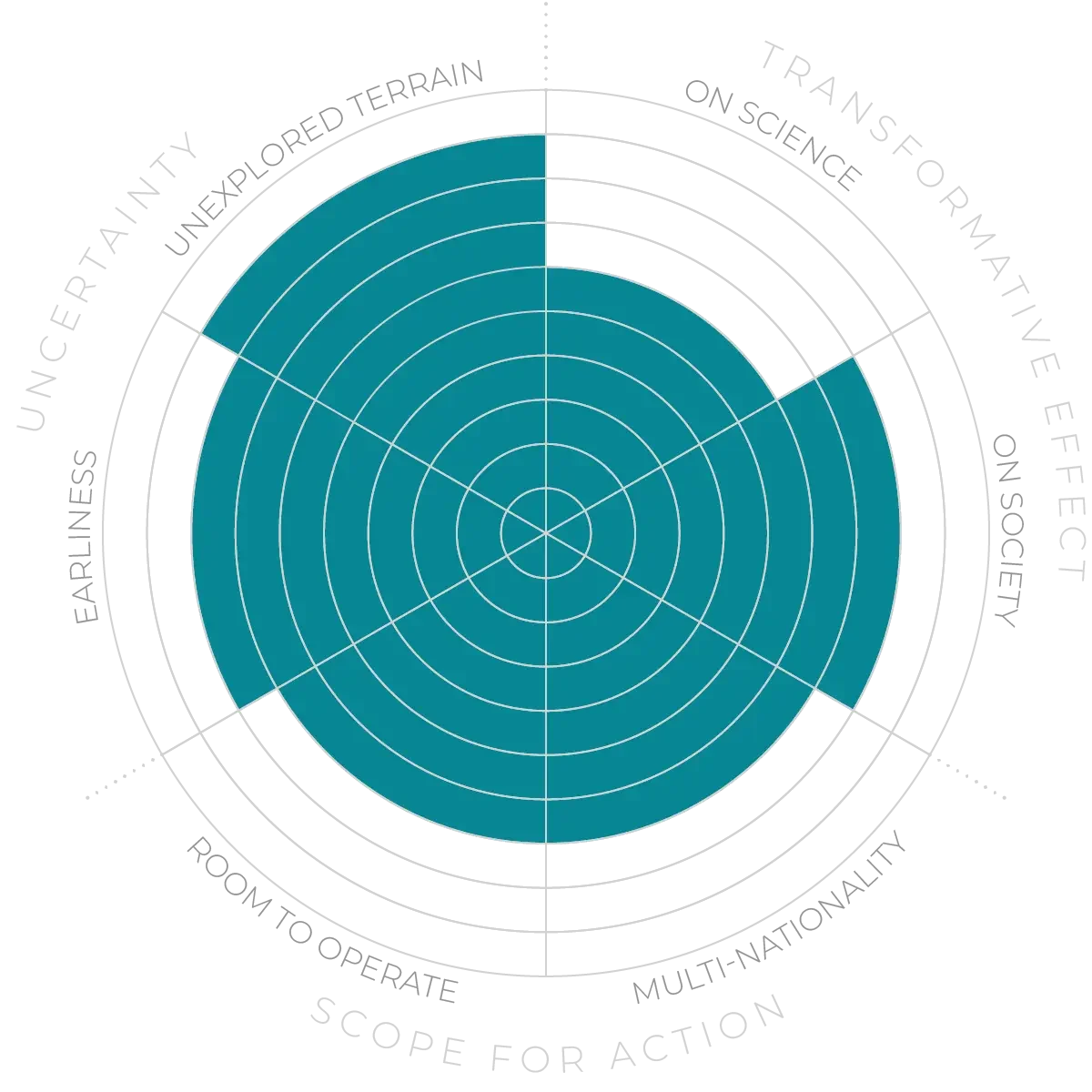Future Horizons:
10-yearhorizon
Engineered body enhancements become available
25-yearhorizon
The era of consciousness-engineering and meta-humans arrives
Newly developed brain-to-brain interfaces — currently possible invasively in animals40 and non-invasively in humans41 — may allow direct communication between two brains without involving the peripheral nervous system, instantiating intelligence and perhaps consciousness that has a distributed or collective aspect.42 In addition, two-person fMRI scanning and hyperscanning43 is opening up new possibilities of shared experience leading to some form of shared consciousness.44
Experiments in robotics are indicating that robots might learn the ability to think in abstract terms, planning and estimating the outcomes of prospective actions without the need to physically execute them. This may have application in averting workplace accidents and recovering from damage.45 Via brain-computer interfaces (BCIs), robot self-simulation may also open up pathways for humans to augment their experience. There is scope for human-machine hybrid “teams” to improve industrial decision-making and other tasks.46
Beyond-human consciousness - Anticipation Scores
The Anticipation Potential of a research field is determined by the capacity for impactful action in the present, considering possible future transformative breakthroughs in a field over a 25-year outlook. A field with a high Anticipation Potential, therefore, combines the potential range of future transformative possibilities engendered by a research area with a wide field of opportunities for action in the present. We asked researchers in the field to anticipate:
- The uncertainty related to future science breakthroughs in the field
- The transformative effect anticipated breakthroughs may have on research and society
- The scope for action in the present in relation to anticipated breakthroughs.
This chart represents a summary of their responses to each of these elements, which when combined, provide the Anticipation Potential for the topic. See methodology for more information.



